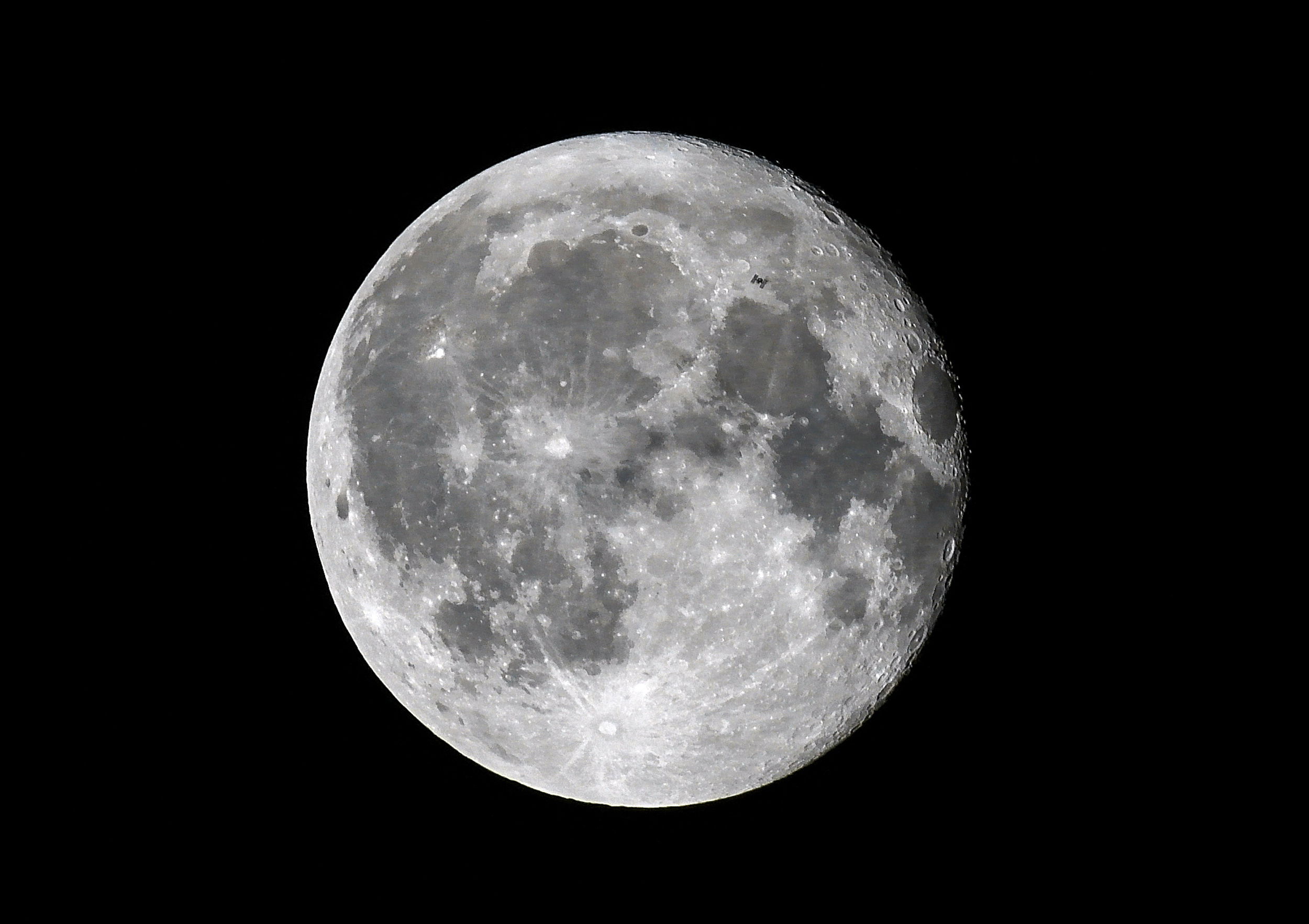ID :
514302
Fri, 11/30/2018 - 09:56
Auther :
Shortlink :
https://oananews.org//node/514302
The shortlink copeid
Russian Academy of Sciences supports plan to build inhabitable base on Moon - source

MOSCOW, November 28. /TASS/. The Russian Academy of Sciences' (RAS) Council on Space Research supported plans to establish an inhabitable base on the Moon and build observatories there, a source in the space industry told TASS on Wednesday. The source noted that head of Russian space agency Dmitry Rogozin and members of the agency's scientific-technical council participated in the RAS Council session.
"The RAS Council for Space Research discussed a comprehensive concept of the Moon exploration program, progressing from Luna-25, Luna-26, Luna-27 spacecraft to a manned mission, then establishing bases and observatories on the Moon. The decision was made to support this concept and continue working on it," the source said.
The source added that the Moon exploration program will start with launching automated stations. The next stage will be to make a preliminary Moon orbiting flight with cosmonauts, and finally to land on the Moon and establish infrastruture there, the source noted. "Before that, eveything was in an organized format. Now there is a unified concept," the source said adding that the timeframe for launching automated and manned Moon missions was not discussed at the RAS Council session.
Russian cosmonauts will for the first time touch the Moon’s surface after 2030. Their mission will last 14 days.
Overall, the roadmap envisages three stages. At the first stage to last through 2025, there are plans to test all the technologies on the Internaitonal Space Station (ISS), create a basic module of a Moon orbiting station, test the promising Federatsiya (Federation) manned spacecraft, make unmanned flights around the Moon aboard the Federatsiya and explore the Moon with the help of automated probes. The lunar orbital outpost may be created using elements of the Russian segment of the ISS, in particular, the nodal module, the manned spacecraft and the research-energy module, which are expected to be docked to the space station by 2022. Lunar take-off and landing and cargo modules will be attached to the orbiter for landing on the Moon’s surface.
The second stage to last from 2025 to 2035 envisages testing the means of access to the Moon’s surface, performing first manned flights to the Moon’s surface, creating and placing the first elements of the habitable base on the Moon. At the third stage after 2035, the construction of a full-fledged habitable lunar base will be completed. Also after 2035, the single system of manned and automated probes of exploring the Moon is expected to be created.
Read more





